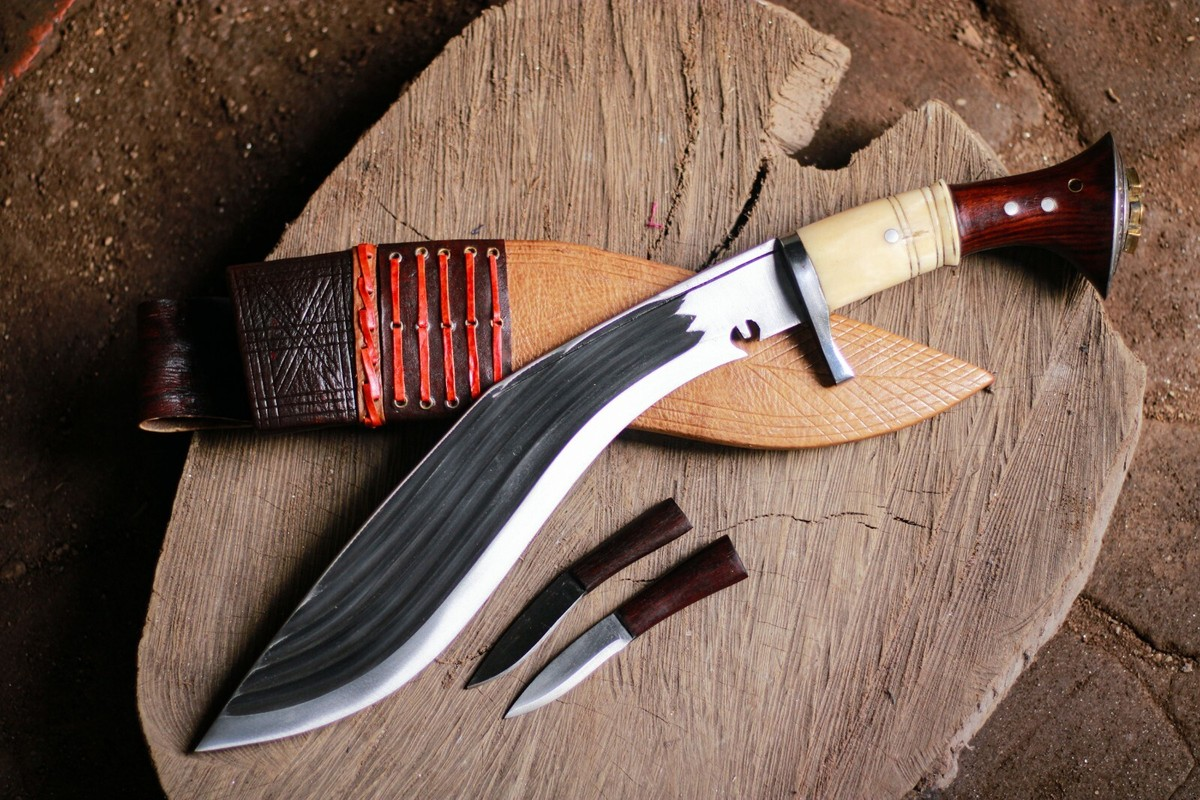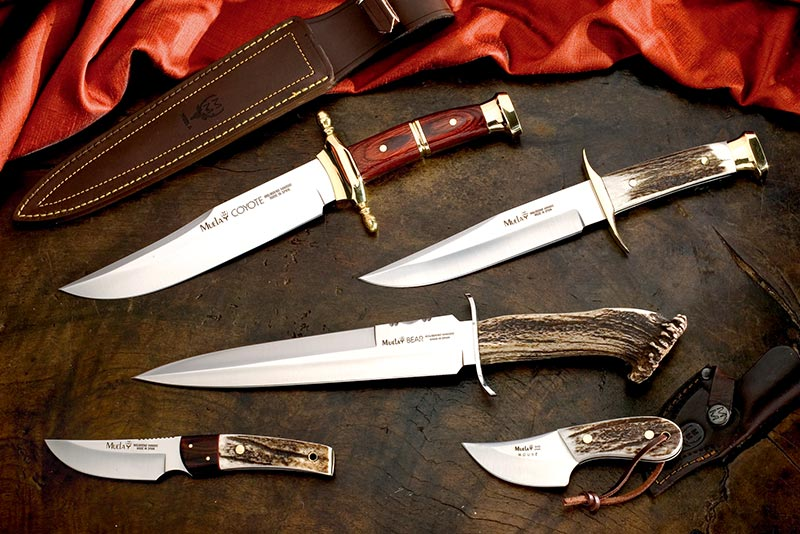History , evolution, legislation and artisanal excellence
Spanish folding knives have a history as sharp as their blades. From folk tools to cultural symbols, their evolution has been linked to everyday life, legal restrictions, and artisanal excellence.
This article explores its history, from the Modern Age to the present day, its materials, shapes, periods of prohibition, and iconic models that remain a global benchmark in functionality and design.

Origins and rise of the razor in Spain
Although folding knives already existed in the Roman world and other ancient cultures, in Spain they achieved their own identity during the 16th and 17th centuries.
Specifically, in the 16th century, under the reigns of Charles I and Philip II, regulations began to be implemented prohibiting the carrying of swords and long weapons by ordinary citizens, allowing them only to the nobility. This context marked the birth of a tool and weapon that could be carried discreetly: the pocketknife.
The first Spanish pocket knives were used both for daily work and for self-defense. Their practicality, portability, and concealability gave them a prominent role in an era where the use of weapons was restricted by law.
The great prohibition of the 18th century
In the 18th century, specifically with the Royal Decree of 1750 and other subsequent orders during the reign of Ferdinand VI, the use and carrying of knives, daggers and other bladed weapons considered dangerous was expressly prohibited.
This legislation remained in place for decades, even during part of the 19th century, as part of public order policies seeking to control street brawls and illegal duels.
Despite the ban, knives continued to be manufactured and used clandestinely. Their design was often disguised as agricultural tools to circumvent the restrictions.
It was not until the 19th century that controls began to relax, and by the end of the 19th century and the beginning of the 20th century, the manufacture and marketing of knives was already tolerated in many regions, especially as handcrafted products.

Albacete: the heart of the Spanish knife
Between the 17th and 19th centuries, Albacete established itself as the great knife-making center of Spain. The knife from there became an icon, recognizable by its curved blade, spring system, and ornate handles. During the 19th century, the city experienced a notable commercial boom thanks to the "cuchilleros" (knife makers), street vendors who sold knives on the streets of Spain.
Materials: from wrought iron to stainless steel
The first Spanish knives were made of forged iron, later improved with carbon steel, which gave a harder edge, but required more maintenance.
Today, many parts are made from hardened stainless steel or specialty steels such as Sandvik 12C27 or MoVa, which offer corrosion resistance and a long-lasting edge.
Ancient handles were made from bull horn, antler, hardwood, bone, or even mother-of-pearl. Luxury pieces included silver, copper, or inlaid decorations.
Today, modern handles can include micarta, G10, anodized aluminum, polymers, or treated woods, while maintaining functionality and aesthetics based on their intended use.

From traditional symbol to collector's item
Today, the Spanish pocket knife is valued for both its functionality and its artistic value: handcrafted pieces continue to be crafted using techniques inherited from centuries past.
Some knives are considered authentic jewels of craftsmanship and are exported as collectibles or prestigious gifts.
Thus, what was once a discreet response to the ban on carrying weapons has become a Spanish cultural symbol that combines history, art, utility, and technological evolution.
What else does the future hold for these knives? Can you imagine?









